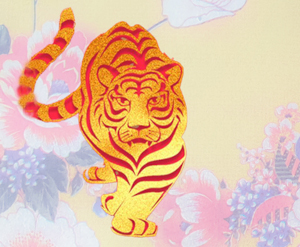Time of reunion … reflections … giving …
Known to be celebrated by at least 1 out of 5 people globally …
Tradition to honour customs; cultures; ancestors.
This year, like last 2 years; with Covid pandemic rampant; most will have quiet celebrations … to usher in the new year.
Time for remembering ancestors … reflections on life … sense of inner peace.
2022 is Year of the Tiger; water element … elegant, gentle, akin to ebb and flow of tides and possess great depth. Skillful, flexible, works well with technology; modest and laidback.
Based on stars for guidance; classical Chinese astrology tells of 12 animal sign legend; based on constellations.
Designed to understand your possible paths in life … where you decide to go … who to go with … and when – choice is yours.
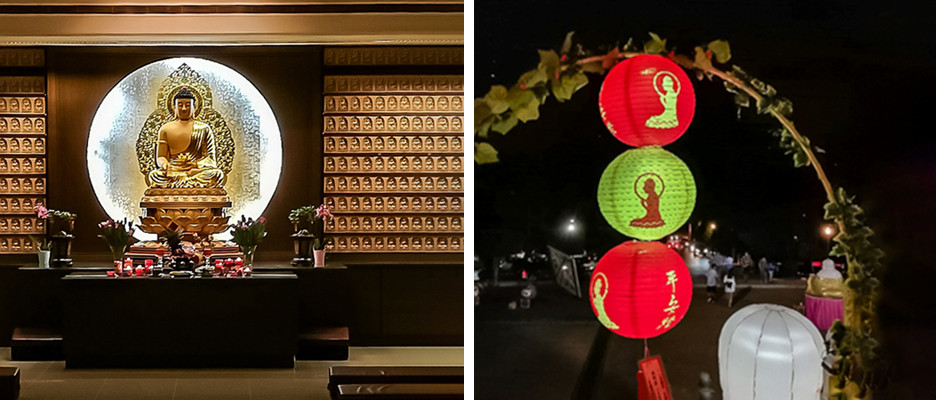
Chinese Lunar New Year celebrates beginning of a new year – beginning of new moon that appears between 21 January and 20 February.
Buddhists celebrate with prayers in temples worldwide … offerings of food and incense … some seek good fortune for the new year … others pray for good health and vitality.
No matter where your origins, North or South Asia; or South East Asia; variations of Chinese New Year celebrations prevail – sign of hope, prosperity, good fortune and good luck for the coming year.
Customs observed are – ‘spring clean’ of house, make ready for good luck preceding Chinese New Year; family gathering for reunion dinner on new year’s eve; eating auspicious foods such as dumplings, dates for a prosperous new year; ‘nian gao’ (Chinese New Year cake) for a rich life; new year’s eve fire crackers to usher in the new year and frighten away evil spirits.
First day of new year is traditionally for the family; pay respect to elders and senior members with offering of mandarin oranges and red packet for blessing, good luck and good health.
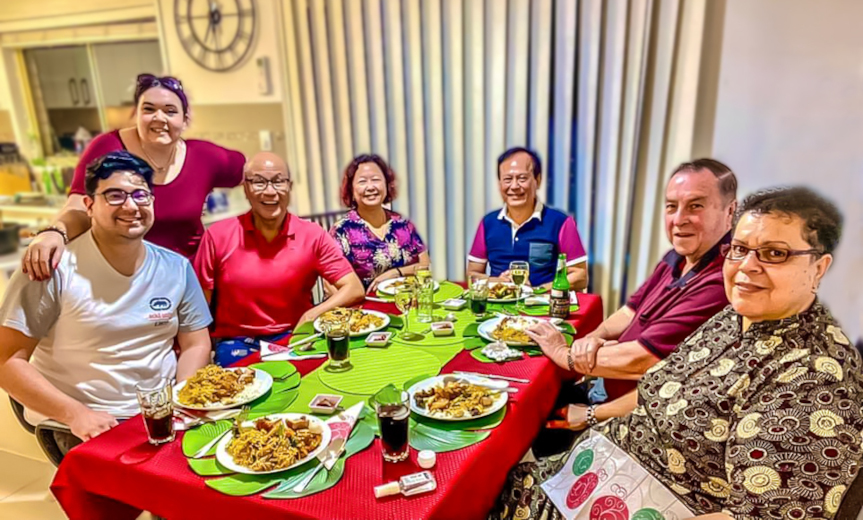
Traditionally, Chinese New Year is celebrated for 15 days, where ‘tangyuan’ or sweet glutinous rice balls in soup are eaten; candles lit outside houses to guide wayward spirits home, on the 15th day.
And there is the abundance of food and snacks.
Food and food ingredients have special precedence during Chinese New Year.
Similar sounding names with prosperity, good luck and wealth rank high in the menu repertoire. Buddha’s Delight, elaborate vegetarian dish with black hair-like algae, ‘fat choy’ signifies prosperity. Fish is also served – a homophone for surpluses; ingot-shaped dumplings represent prosperity for coming year; mandarin oranges, homophone for luck’ melon seeds for fertility, noodles for longevity; raw fish salad or ‘Yee Sang’ for good luck.
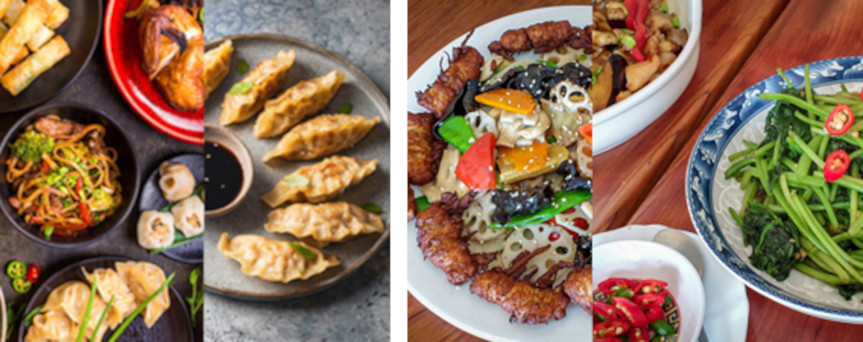
Red, the auspicious colour symbolizes joy, virtue, truth and sincerity. The word ‘red’ in mandarin is homophonous for prosperous.
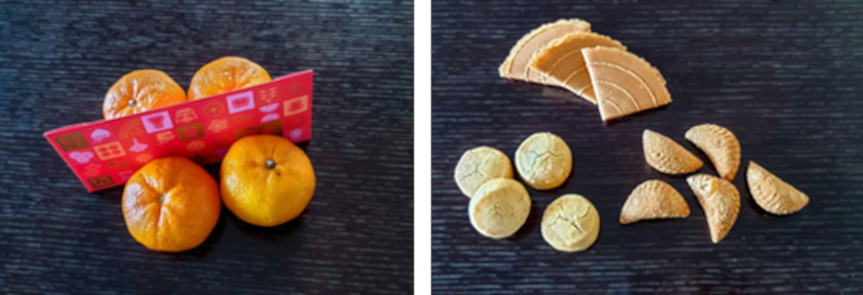
Whilst Chinese New Year is a time to give thanks for good health and prosperity … visit family elders and seniors … it is also opportune to savour all snacks offered on these visits – sweet mini peanut puffs, coconut biscuits or ‘kueh banket’, ‘love-letters, rolled or folded crispy coconut wafers, butter-cashew cookies – all only available around Chinese New Year season !
Oh what a treat !
What is not to like about Chinese New Year celebrations !
Now you understand why it is celebrated across the globe … by almost everyone !
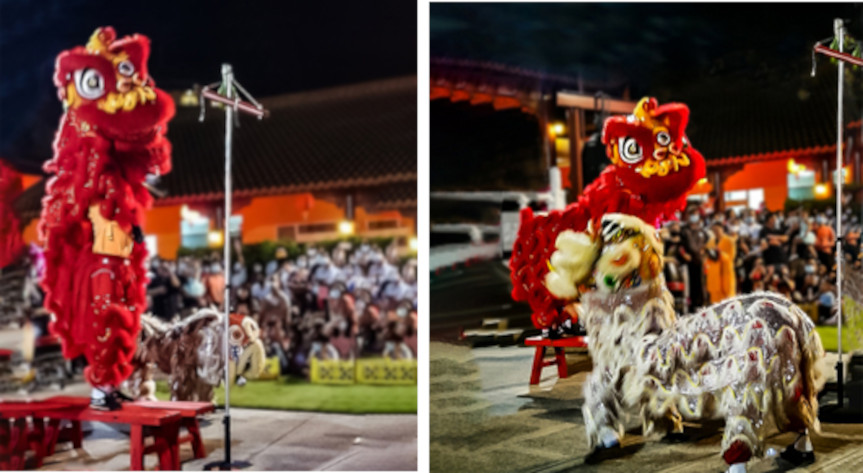
Dragon dances … lion dances … dragon boat races … evening street food stalls … night markets … even Chinese opera performances in streets !
Just to be in the know … here are some common auspicious greetings (in Mandarin) to help celebrate Chinese New Year when you meet friends:
“Gōng Xǐ Fā Cái” – Happy New Year.
“Jīn Yù Mǎn Táng” – May your wealth fill your hall.
“Wàn Shì Rú Yì” – May all your wishes be fulfilled.
Surprise your friends when you greet them with “Gōng Xǐ Fā Cái” – How good is that !
Let not Covid dampen our spirits and joy for a very Happy Chinese New Year !
P.S. Many thanks to Karen for lion dance and temple photos.
